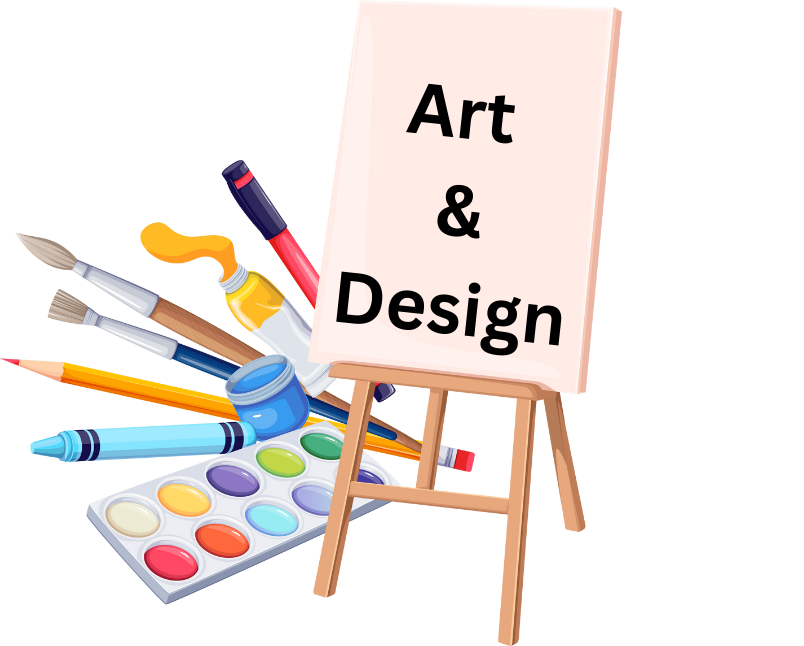
At Kings Academy Northern Parade, we use the Kapow Primary scheme for Art. The Kapow Art revised scheme of work is designed with five strands that run throughout. These are: generating ideas; using sketchbooks; making skills; including formal elements (line, shape, tone, texture, pattern, colour); knowledge of artists; evaluating and analysing
Units of lessons are sequential, allowing children to build their skills and knowledge, applying them to a range of outcomes. The formal elements, a key part of the National Curriculum, are also woven throughout units. Key skills are revisited again and again with increasing complexity in a spiral curriculum model. This allows pupils to revise and build on their previous learning. Units in each year group are organised into four core areas:
● Drawing
● Painting and mixed-media
● Sculpture and 3D
● Craft and design
Lessons are always practical in nature and encourage experimental and exploratory learning with pupils using sketchbooks to document their ideas. Differentiated guidance is available for every lesson to ensure that lessons can be accessed and enjoyed by all pupils and opportunities to stretch pupils’ learning are available when required. Knowledge organisers for each unit support pupils by providing a highly visual record of the key knowledge and techniques learned, encouraging recall of skills processes, key facts and vocabulary.
Kapow Primary’s curriculum is designed in such a way that children are involved in evaluation, dialogue and decision making about the quality of their outcomes and the improvements they need to make. By taking part in our regular discussions and decision making processes, children will not only know facts and key information about art, but they will be able to talk confidently about their own learning journey, have higher metacognitive skills and have a growing understanding of how to improve.
Pupils should leave primary school equipped with a range of techniques and the confidence and creativity to form a strong foundation for their Art and design learning at Key Stage 3 and beyond and will: produce creative work, exploring and recording their ideas and experiences; be proficient in drawing, painting, sculpture and other art, craft and design techniques; evaluate and analyse creative works using subject-specific language; know about great artists and the historical and cultural development of their art; meet the end of key stage expectations outlined in the National curriculum for Art and design.
